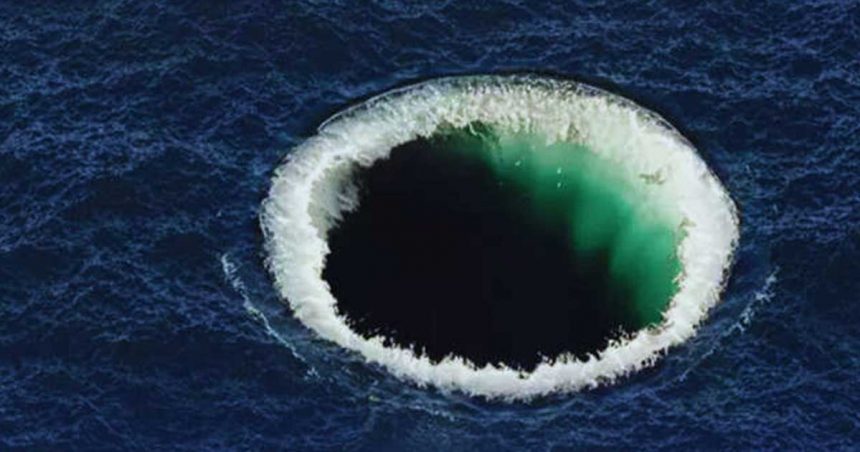Centuries of bafflement surrounded a strange anomaly in the Indian Ocean covering 1.2 million square miles. Referred to as a gravity hole, this anomaly’s sea level lies 100 meters below the global average, sparking curiosity among scientists. In 2023, researchers from the Indian Institute of Science shed light on the potential cause of this mysterious phenomenon.
To understand gravity holes, one must grasp the concept of gravity and its variability across the Earth’s surface. The geoid, an imaginary surface representing the mean gravity level of the planet, fluctuates due to differences in the Earth’s interior composition. The Indian Ocean Geoid Low, first observed by Felix Andries Vening Meinesz in 1948, remains a perplexing enigma until recent computer simulations offered insights.
By simulating Earth’s geological evolution over millions of years, researchers discovered that magma plumes and unique mantle structures around the Indian Ocean Geoid Low are likely responsible for its formation. These plumes, stemming from the disappearance of an ancient ocean as India collided with Asia, brought low-density materials closer to the Earth’s surface. The future of this gravity hole remains uncertain, dependent on the dynamic movements within the Earth’s layers.
This groundbreaking study challenges previous assumptions about gravity holes, emphasizing the role of hot, rising magma plumes in shaping Earth’s surface. While uncertainties and flaws persist, this research opens doors to further exploration of Earth’s complex geological processes. The Indian Ocean’s ‘Gravity Hole’ serves as a remarkable example of how our planet’s interior dynamics have influenced its external features over eons.






